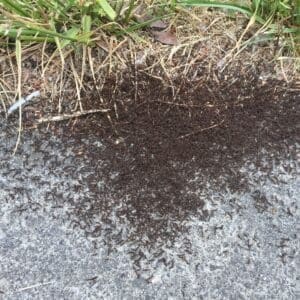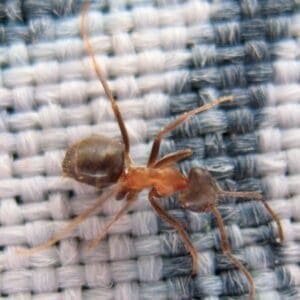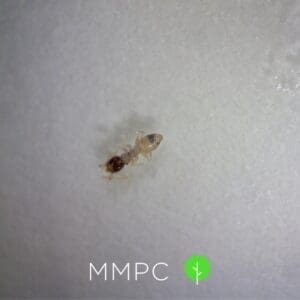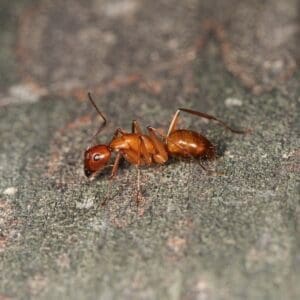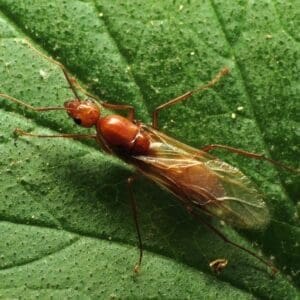MMPC Field Guide: Ants
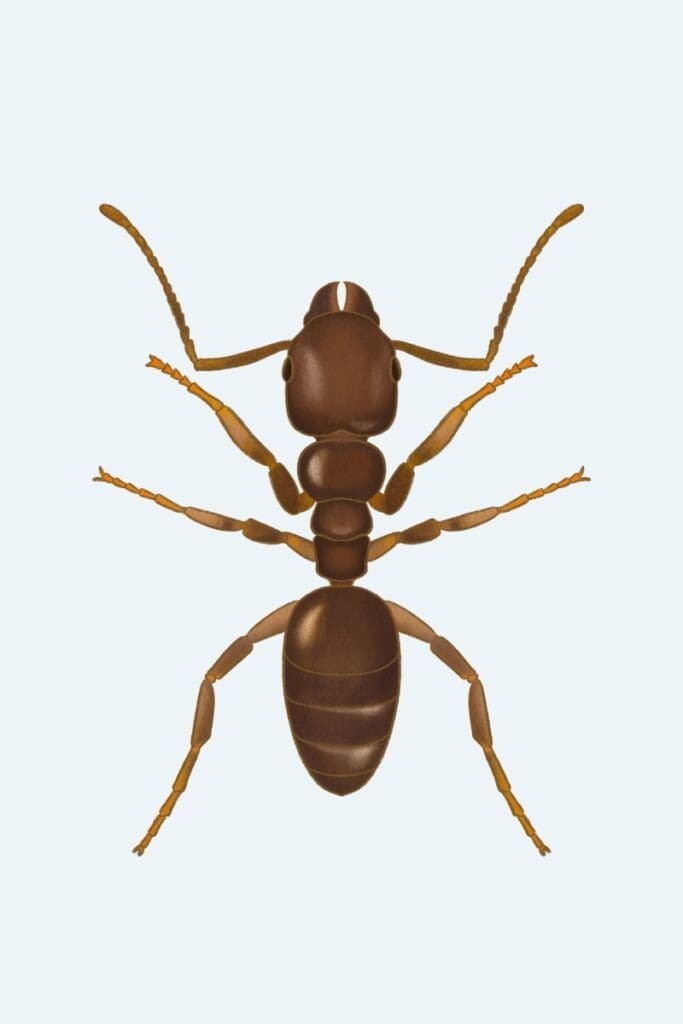
Ants are social insects in the family Formicidae, instantly recognizable by their slender “wasp-waist” body and elbowed antennae.
Of the 792 ant species documented in the U.S., only about 50 consistently invade structures. Outside, they’re ecosystem architects—tunneling soil, dispersing seeds and preying on other pests. Indoors, they’re opportunists: sugar-craving pavement ants scour kitchens, while carpenter ants exploit damp wood in wall voids and subfloors.
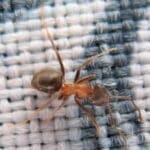
Shape
• 3-segmented build
• Narrow waist
• Six legs
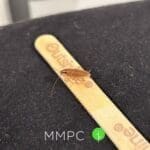
Size
• 1.5 mm (1/16″)
• 13 mm (1/2″)
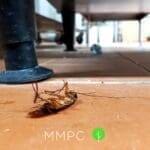
Color
• Brown
• Reddish-brown
• Black
Biology
Colonies house one or more egg-laying queens and thousands of sterile female workers. Many species bud off sub-colonies under stress (notably pharaoh and odorous house ants), creating sprawling supercolonies without ever flying. Others (pavement, carpenter ants) rely on mass swarms in late spring or early summer, after which fertilized queens shed wings and establish fresh nests.
Foraging follows pheromone highways: scouts blaze the trail to a spill, nestmates reinforce it into bustling traffic. In spring and early summer, workers target proteins and fats to fuel brood development; later they switch to carbohydrate-rich sweets for adult energy. Because adult ants can only ingest liquids, solid food is carried back to larvae, liquefied by digestive enzymes, then shared mouth-to-mouth (trophallaxis) throughout the colony.
On warm, humid days—often after rain—mature colonies flood the air with winged males and females. After a mid-air mating flight, queens drop their wings and burrow to launch new colonies that, in some carpenter species, take 3–6 years to amass thousands of workers.
Risks
Ant infestations pose several threats. Carpenter ants hollow out damp or decayed wood to build galleries, discarding clean, coarse‐sawdust frass and weakening structural beams over time.
Sugar‐ and grease‐seeking species such as pavement, odorous house and pharaoh ants infiltrate pantries and food‐prep areas, spoiling products and potentially spreading pathogens—pharaoh ants have even been documented traversing IV lines in hospitals in search of moisture.
Although bites from common household ants are uncommon, species that inject formic acid can cause sharp pain or a burning sensation; most encounters result in only transient welts, but individual sensitivity varies and rare allergic responses can occur.
Identification
Most household ants wear drab browns, blacks or reds but sport the same three-part, six-legged build with strong mandibles and geniculate (elbowed) antennae.
Their bodies split into three segments—head, mesosoma (thorax + propodeum) and gaster—linked by a narrow petiole that may bear either one or two bead-like nodes, a key ID feature in the field.
Worker sizes run the gamut from diminutive pharaoh and ghost ants at roughly 1.5 mm (1/16″) up to hefty carpenter ants reaching 13 mm (1/2″).
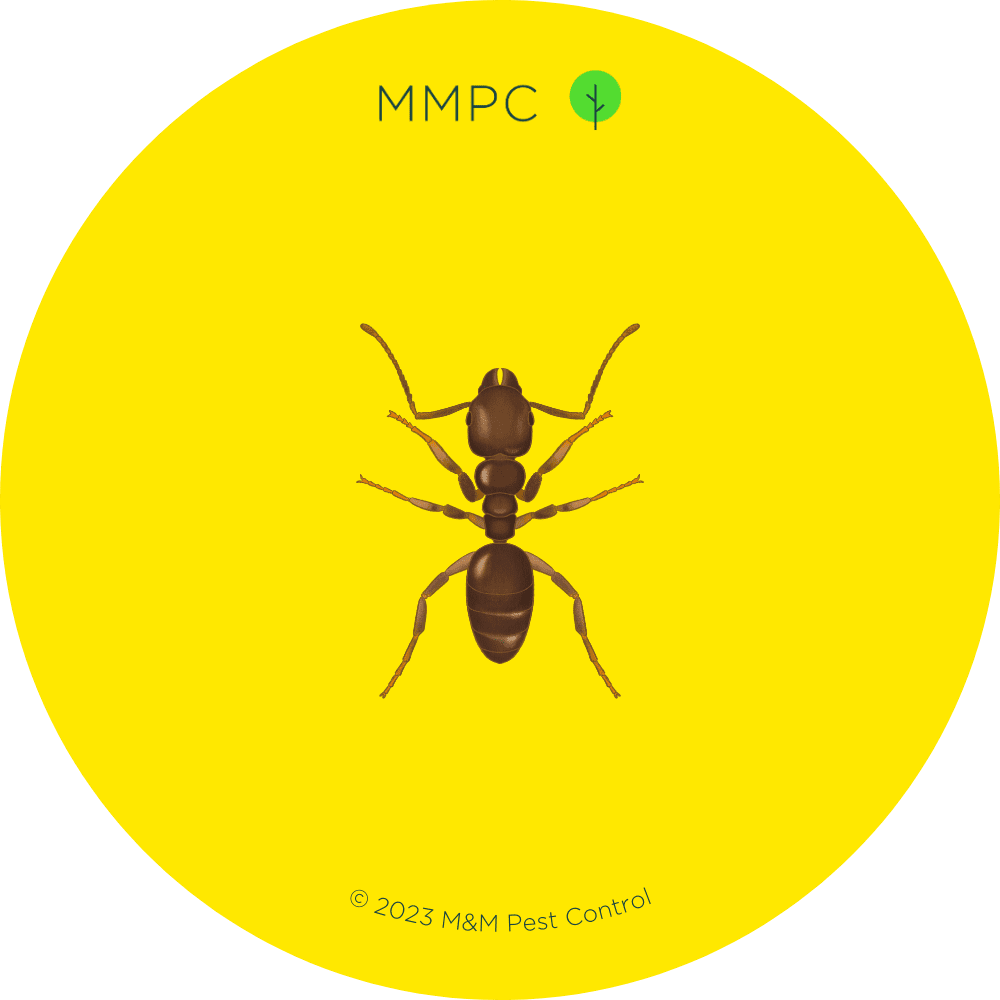
Odorous House Ant
Tapinoma sessile
Odorous house ants are tiny—workers clock in at just 2.4–3.3 mm (1/16″–1/8″) and remain uniform in size (monomorphic). Their single petiole node hides beneath the gaster, and the uneven thoracic profile gives the side view a slight dip.
When crushed or disturbed, they release a rotten-coconut odor, a trademark field cue. Colonies form supercolonies with multiple queens and interconnected nests in both outdoor and indoor harborage, wherever moisture and heat persist.
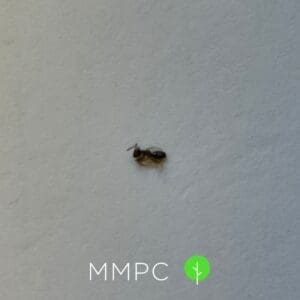

Key ID Features
- Worker length 2.4–3.3 mm (1/16″–1/8″)
- Single hidden petiole node beneath the gaster
- Uneven, dip-shaped mesosoma in profile
- Elbowed (geniculate) antennae without club tips
- Rotten-coconut odor when crushed
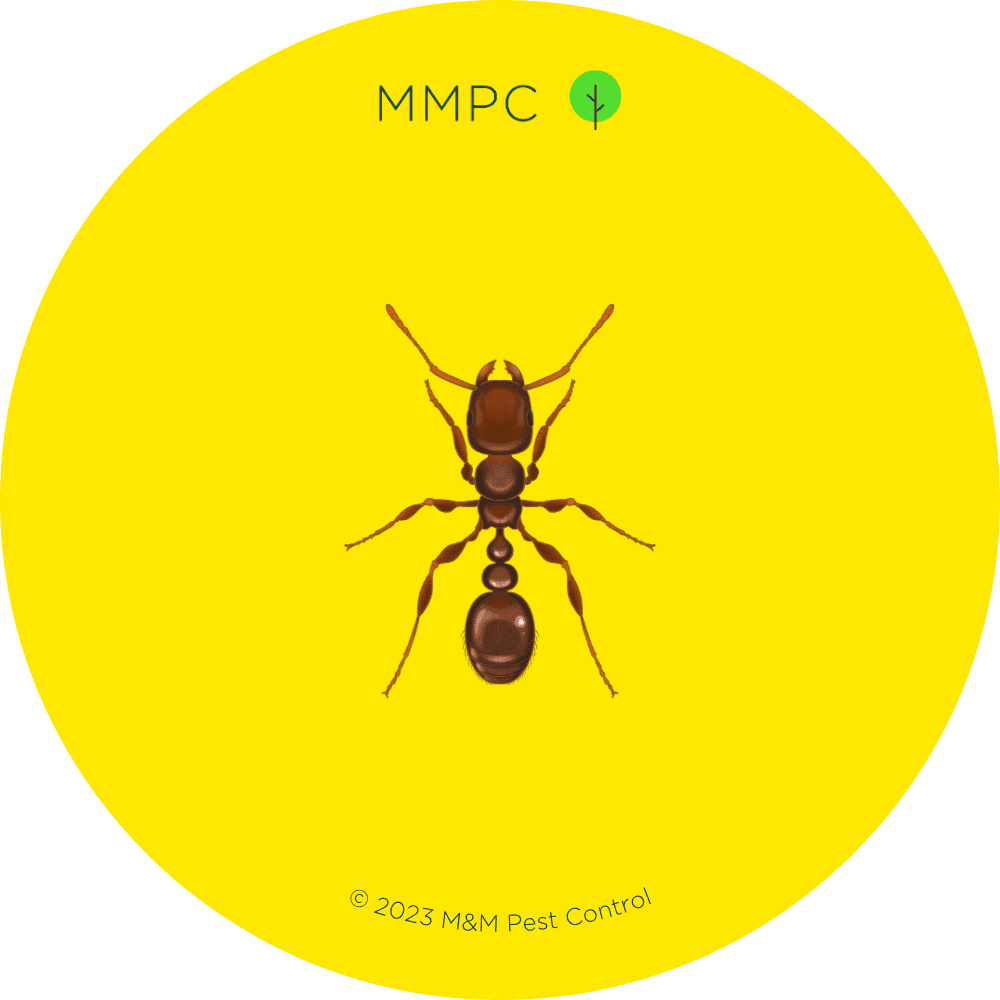
Pavement Ant
Tetramorium caespitum
Workers average 2.5–3 mm (3/32″–1/8″), with two distinct petiole nodes and fine parallel striations across the head and thorax.
Mounds of excavated soil at sidewalk joints mark each nest, which can hold upwards of 10,000 workers. They swarm in early summer, then queens establish new nests in soil crevices. Foraging is omnivorous—grease, sweets and aphid honeydew top their menu.
Key ID Features
- Worker length 2.5–3 mm (3/32″–1/8″)
- Two visible petiole nodes between mesosoma and gaster
- Parallel groove (striations) pattern on head and thorax
- Antennae with 3-segmented club tip
- Small functional sting on workers
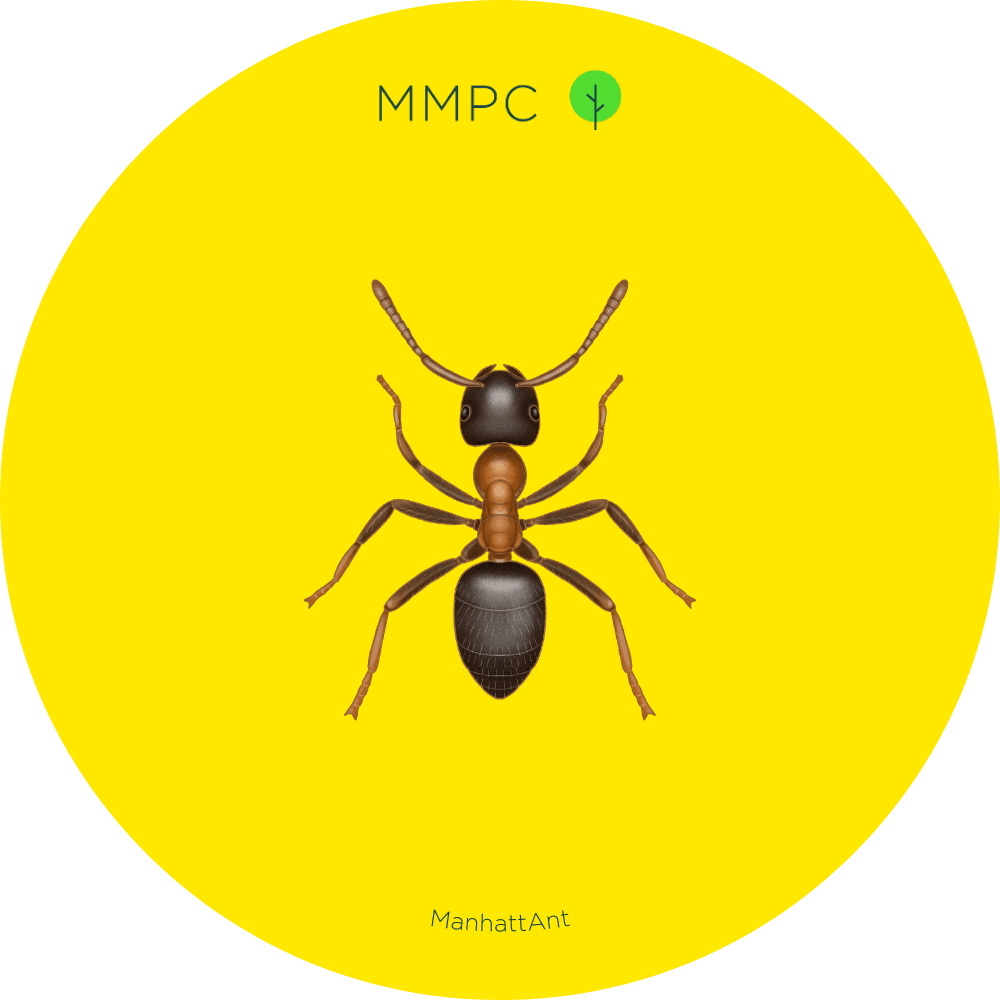
ManhattAnt
Lasius emarginatus
This invasive Lasius species measures 3–5.5 mm (1/8″–7/32″), bicolored with a dark head and gaster and a vivid reddish-orange mesosoma. It nests aggressively in urban planters, crevices and even building façades, forming polygynous colonies that bud off new nests as they spread up to a mile per year in Manhattan.
Key ID Features
- Worker length 3–5.5 mm (1/8″–7/32″)
- One petiole node, no sting
- Dark brown head and gaster; reddish-orange mesosoma
- Long scapes (first antennal segments) reaching past occipital margin
- Formicine acidopore present instead of sting
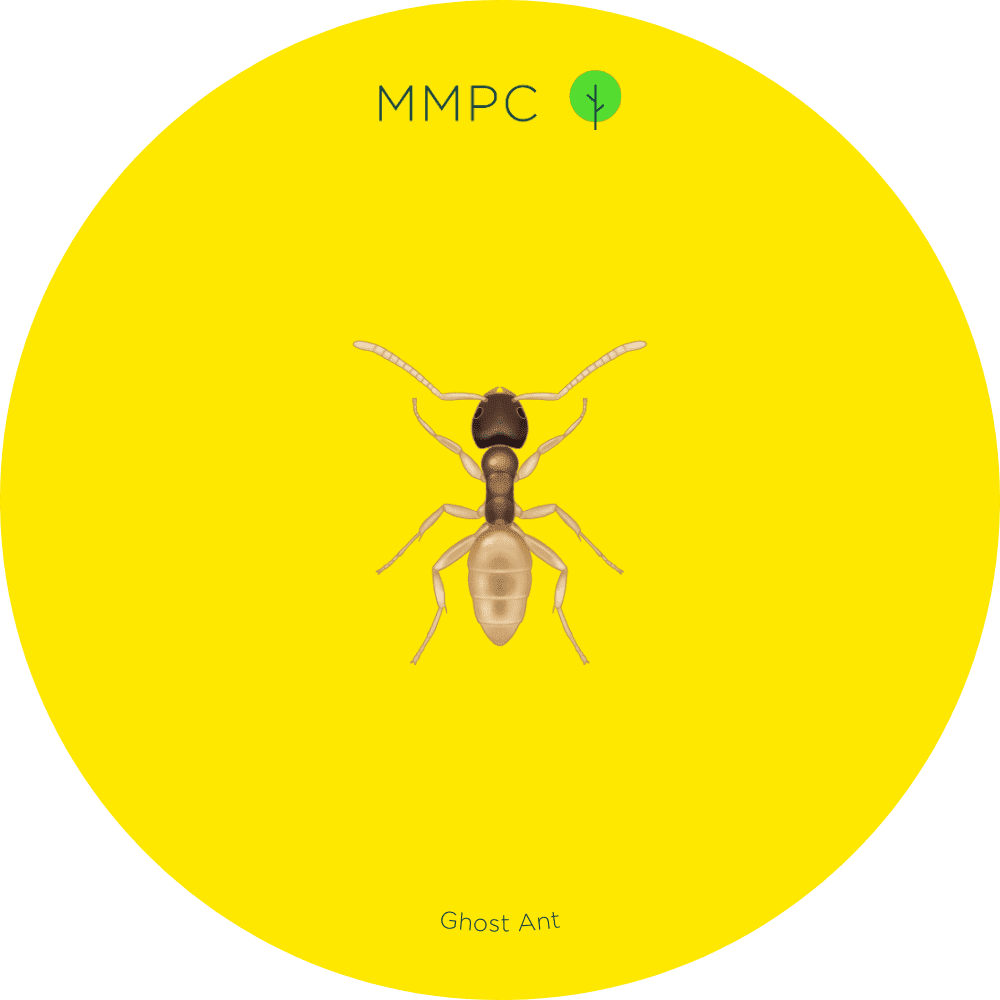
Ghost Ant
Tapinoma melanocephalum
At 1.3–1.5 mm (1/16″), ghost ants are nearly invisible on light surfaces—only the dark head and thorax stand out against translucent legs and gaster. They lack thoracic spines and a distinct petiole node, nesting prolifically in humid voids and potted soils to form vast supercolonies.
Key ID Features
- Worker length 1.3–1.5 mm
- No visible petiole node or thoracic spines
- Dark brown head and thorax; translucent legs and gaster
- Scapes extending well beyond back of head

Pharaoh Ant
Monomorium pharaonis
These 1.5–2 mm (1/16″–5/64″) ants display a pale yellowish to light brown body with a noticeably darker, almost blackish gaster. They specialize in indoor nesting—in wall voids, appliance insulation and furniture folds—and colonies can swell to tens of thousands of workers across dozens of satellite nests.
Key ID Features
- Worker length 1.5–2 mm (1/16″–5/64″)
- Two petiole nodes visible from side
- 12-segment antenna ending in a 3-segment club
- Shiny clypeus (head plate) and enlarged gaster
- Non-functional stinger; sparse, appressed body hairs
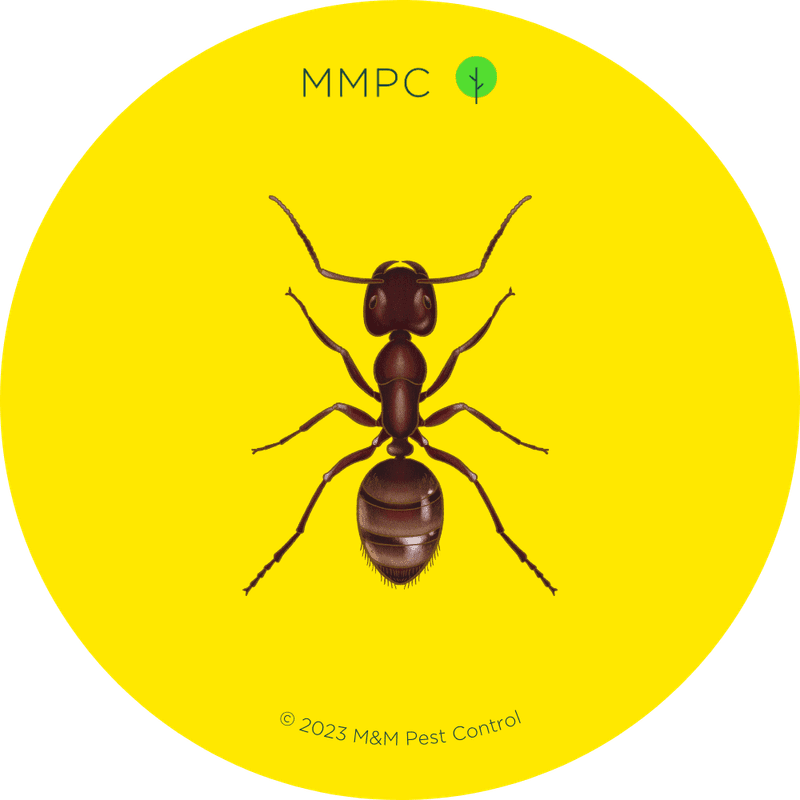
Black Carpenter Ant
Camponotus pennsylvanicus
Workers are large and built to chew. One petiole node, pale hairs on the gaster and a smoothly rounded thorax set them apart. Nocturnal foraging trails appear at dusk, often leading to sweet or protein baits far from nest galleries in moist structural timber.
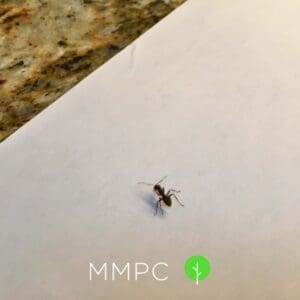
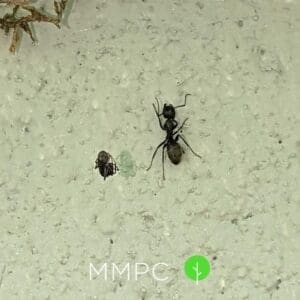
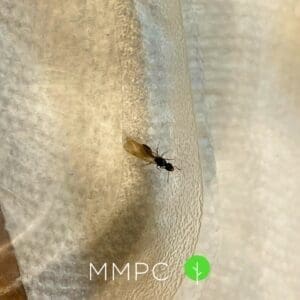
Key ID Features
- Worker length 6–14 mm (1/4″–9/16″)
- Single petiole node
- Sparse, pale erect hairs on gaster
- Evenly rounded thoracic profile
- Large mandibles, no functional sting

Red Carpenter Ant
Camponotus chromaiodes
Nearly identical in form to C. pennsylvanicus but with a rusty-red mesosoma and base of gaster. Workers span 6–14 mm (1/4″–9/16″), carry the same single-node waist and pale gaster hairs—color is the clincher.
Key ID Features
- Worker length 6–14 mm (1/4″–9/16″)
- Rusty-red mesosoma against black head/gaster
- Single petiole node; pale gaster hairs
- Smooth, rounded thorax
- Large mandibles; no functional sting
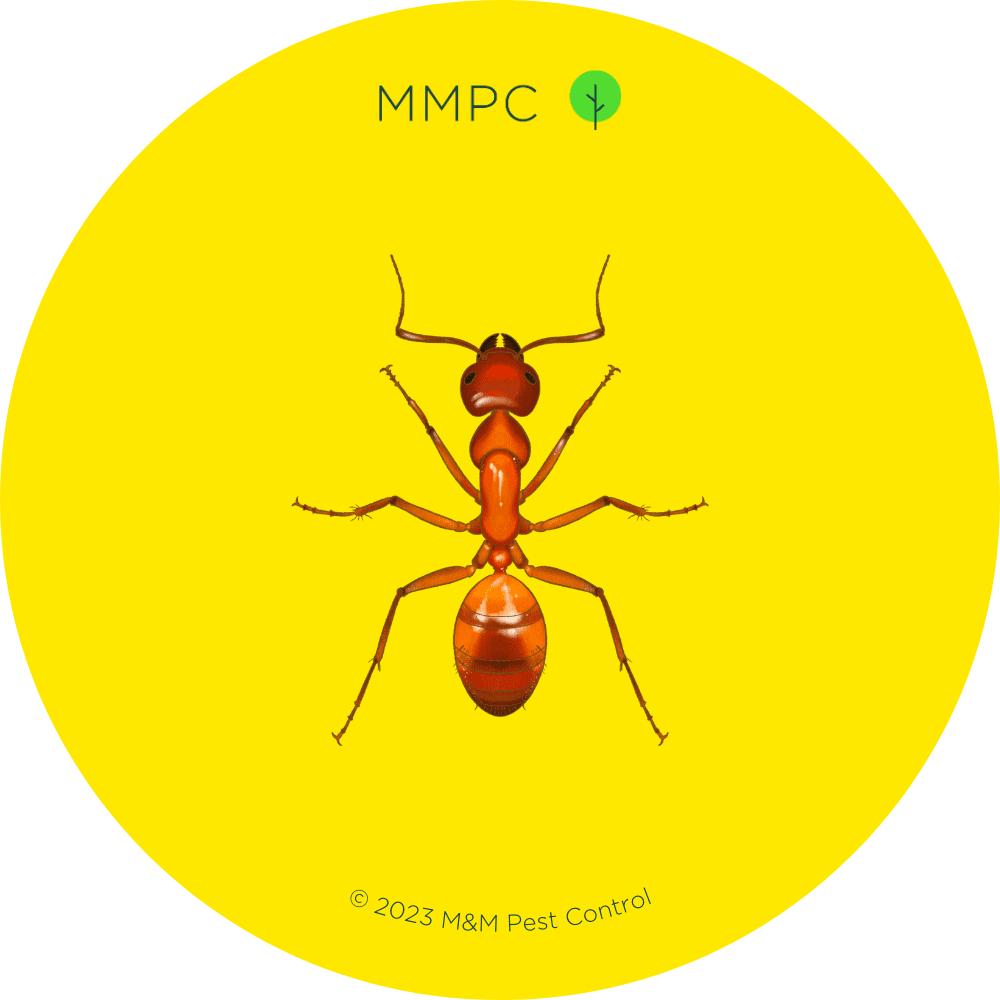
Chestnut Carpenter Ant
Camponotus castaneus
Measuring 7–10 mm (9/32″–3/8″), these ants favor soil nests over wood. Their uniform reddish-brown-orange bodies, single-node petiole and lack of thoracic spines differentiate them. Structural damage is rare, but incidental indoor finds occur in basements or crawlspaces.
Key ID Features
- Worker length 7–10 mm (9/32″–3/8″)
- Uniform reddish-brown-orange coloration
- Single petiole node; smooth thorax
- Large mandibles, no thoracic spines
- Prefers soil nesting; rarely in wood galleries
Control
Effective ant elimination targets the entire colony—queens, brood and workers—by combining sanitation, habitat modification and colony‐level baits or dusts.
Relying on contact sprays alone kills surface foragers but leaves the nest intact; slow‐acting baits, non-repellent dusts and targeted nest treatments are the backbone of true colony collapse, which can take 1–2 weeks of consistent bait uptake to achieve.

Remove Attractants
Starving a colony makes baits irresistible and cuts foraging pressure:
- Clean and contain: Wipe up spills immediately and store all food (especially sweets and pet food) in airtight, hardened plastic or glass containers.
- Trash management: Use bins with sealing gaskets; remove waste daily during active infestations to deny both food and moisture.
- Vacuum trails: Vacuum up visible ants along foraging paths, then discard the bag or empty the canister into a sealed bag outdoors to prevent survivors from returning.
- Erase scent trails: Spray a 1:1 vinegar-water mix over old trails only if you’re not baiting—vinegar will repel ants and compete with bait attraction.

Reduce Moisture
Many pest ants—especially carpenter, ghost and odorous house ants—require high humidity or damp wood to nest:
- Repair leaks fast: Fix roof and plumbing drips within 24–48 hours to eliminate nesting moisture.
- Control indoor humidity: Keep crawl spaces and attics below 60% RH; install 6-mil polyethylene vapor barriers over exposed soil in crawl areas.
- Remove damaged wood: Replace water-rotted lumber, cutting 12″ beyond visibly decayed areas to ensure no hidden galleries remain.
Block Entry
Once attractants and moisture are managed, seal out reinvasion:
- Caulk gaps: Use silicone (not acrylic) caulk around utility pipes, cables, windows and doors—ants can squeeze through openings under 1 mm.
- Install sweeps & stripping: Fit aluminum‐tipped door sweeps and fresh weatherstripping to threshold gaps; plastic components tend to warp and lose seal.
- Timing matters: Delay final sealing until 72 hours after baiting concludes. Premature exclusion can trap surviving workers inside, prompting new satellite trails.
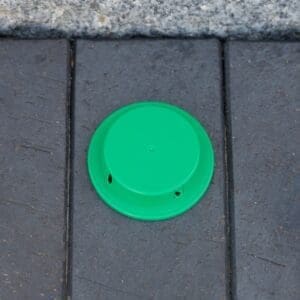
Ant Baits
- Spring (protein/fat gels): Use indoxacarb or fipronil-based gels when colonies are in brood‐rearing mode and crave fats and amino acids.
- Summer/Fall (sugar liquids): Switch to borax or thiamethoxam-enhanced syrups once adult foragers prioritize carbohydrates.
- Placement: Lay bait stations adjacent to—but not on—active trails. Large supercolonies (odorous house, pavement ants) may require 10+ bait points per floor to feed all subunits.
- Refresh schedule: Replace or replenish baits every 72 hours until no ants feed for three consecutive checks.
Diatomaceous Earth
- Barrier use: Lightly dust food-grade DE into wall voids, baseboards and under thresholds where ants traffic. DE abrades cuticle wax, causing fatal dehydration on contact.
- Limitations: DE is non-repellent and won’t be carried back to the nest—use as a protective perimeter or in combination with baits for full colony control.
- Keep it dry: In humid or damp spots DE clumps and loses efficacy; reapply after moisture events.
Frequently Asked Questions

Why do ants keep returning?
Typical contact sprays and traps kill only surface workers, leaving queens and satellite nests intact. To break the cycle:
- Track active trails after dark back to hidden colonies.
- Match bait type to seasonal needs—protein/fat gels in spring; sugar-based liquids in late summer/fall.
- Wait at least 72 hours after successful bait uptake before sealing entry points to maintain toxin flow back to the nest.
How can I tell if I have carpenter ants?
Carpenter ant presence is revealed by dusk foragers and telltale debris:
- Live worker ants emerging around dusk.
- Coarse, clean wood-shaving frass piled near baseboards, foundation seams or window sills.
- Faint rustling or crackling sounds inside walls—listen closely in moisture-prone areas like deck boards, eaves and window frames.
Are repellents effective on their own?
No. Repellent sprays and powders only drive ants into new nesting sites and can trigger budding into satellite colonies.
For lasting control, always pair repellents with sanitation, exclusion and colony-targeted baiting. Use repellents only as a temporary knockdown once baits are in place.
Our Services
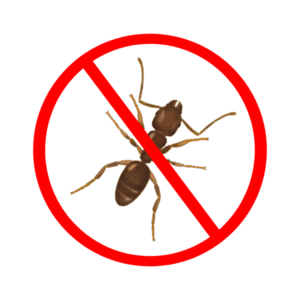

Need help getting rid of ants? At MMPC, we offer effective, long-lasting ant control services to keep your home pest-free, including:
- Comprehensive Assessment & Treatment to diagnose the root cause of the infestation.
- Eco-Friendly Spraying & Baiting using EPA-approved, non-toxic treatments that are safe for your family and pets.
- Proofing (Exclusion) Services to professionally seal entry points and prevent future trouble.




